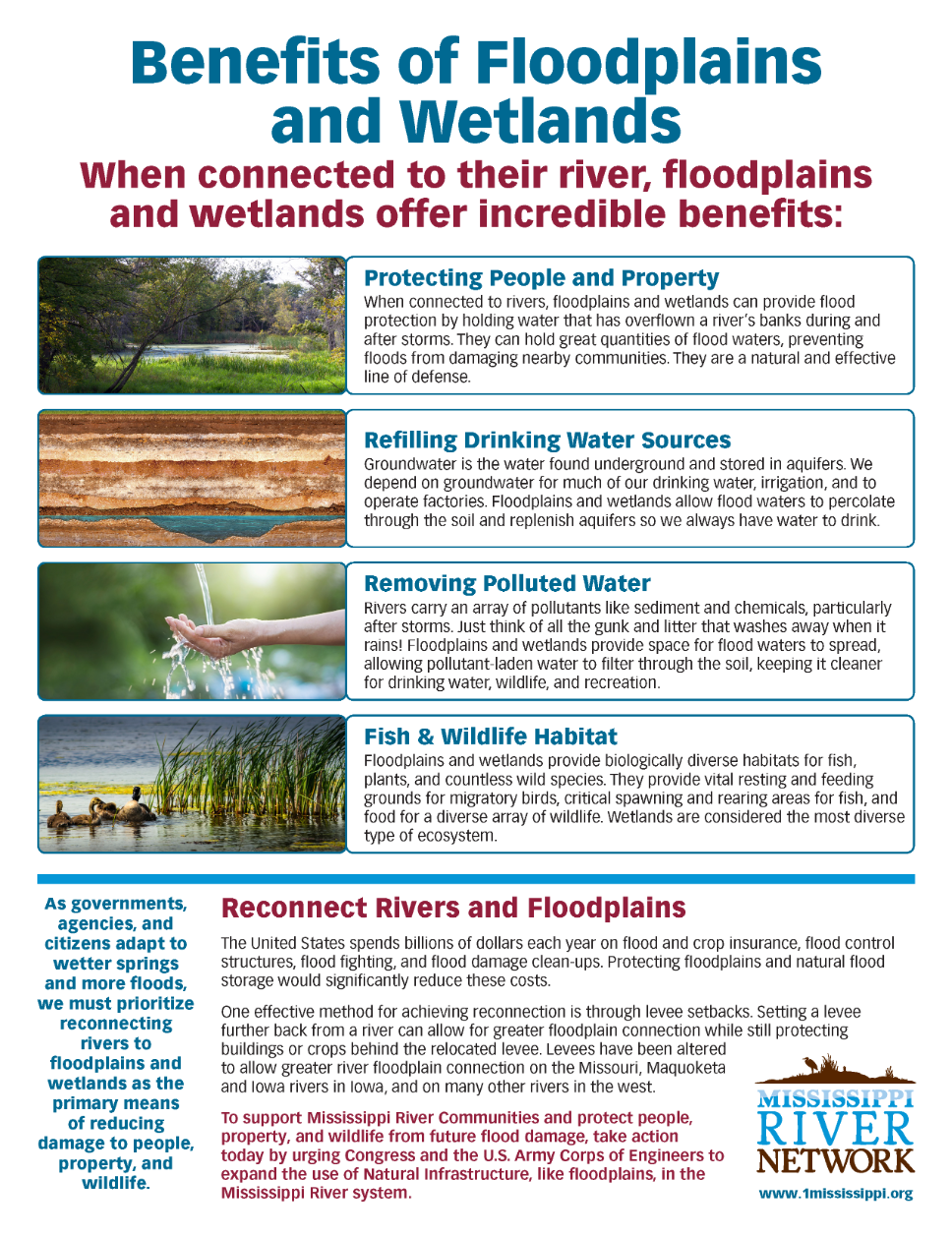| Friend, As a River Citizen, you probably know that our cherished Mississippi River gathers water from about 40% of the continental U.S. and empties into the Gulf of Mexico. You may also be aware that our River is sick and facing serious challenges. Too many nutrients, like phosphorus and nitrogen, are washing into the River, causing it to be polluted. By the time the River reaches the Gulf, the excess nutrients spur the growth of harmful algal blooms. This can lead to hypoxic (little to no oxygen) conditions. This area is infamously known as the Gulf of Mexico 'Dead Zone' and its negative impacts ripple across our nation's social, environmental, and economic sectors. |
| |
|
| 2020 Gulf Dead Zone Forecast and Measurement |
| So, how big is the hypoxic zone in the Gulf? Enough focus and resources have been allocated to this major issue, that an annual cruise to measure the size of the Dead Zone occurs. The 2020 measurements of the Gulf Dead Zone are occurring right now; 7/25 - 8/1. The measurement provides a brief snapshot in time of the size of the Dead Zone. Storms, like the recent Hurricane Hanna, can mix the water column and decrease the amount of hypoxia measured. It's not a perfect system, but we are thankful that some type of regular assessment is occurring. |
| What is the 2020 size forecast? The National Oceanic and Atmospheric Association (NOAA) has forecasted this year's Gulf of Mexico Dead Zone to be 6,700 sq. miles which is larger than the long-term average. In her recent blog, Illinois/Missouri Outreach Coordinator Kristen Mertz breaks down the 2020 forecast and what it means for our communities. Fortunately, there are solutions to reduce nutrient pollution in our precious Mississippi River. Find out how you can help here! |
|
|
|
|
| | Celebrating Success - Dogtooth Bend Restoration Project |
| | | | | | |
|
| Wetlands, Natural Infrastructure REDUCE Nutrient Pollution |
|  | |
|
| | Sometimes topics like the Gulf Dead Zone are so massive in scale that it can be challenging to wrap our heads around and see how our actions can affect positive change. Wisconsin/Iowa Outreach Coordinator, Chris Stangl, is known for bringing complex issues down to earth and creating actionable steps. In his recent blog, Improvement is in Reach, Chris recalls a streambank buffer zone project he helped bring about on a friend's property. Did the project have a positive impact on the land, water, wildlife, and people of our treasured Mississippi River? Find out here! |
| |
|
|
|
| | | Women of the Mississippi Series - When: Ongoing - call for stories now!
- Where: Email kornelas@parkconnection.org to submit a story (approx. 750-1000 words) and for more details on how to get involved
- About: Mississippi Park Connection is commemorating the 100th anniversary of the 19th amendment with a new story series online highlighting women who have had great impact on the Mississippi River and our river park.
|
|
|
| Volunteer For the Wild at Sugar Creek Bluff - When: August 4, 2020
- Where: Sugar Creek Bluff State Natural Area, WI
- About: Mississippi Valley Conservancy is hosting an early evening of habitat restoration at beautiful Sugar Creek Bluff State Natural Area near Ferryville, WI. The crew is limited to allow for social distancing and maximum safety during the COVID-19 pandemic.
|
|
|
| Family Fun Day - When: August 8, 2020
- Where: Franklin, TN
- About: Harpeth Conservancy is hosting a fun, river, socially-distanced event including fly fishing, educational activities, kayaking, scavenger hut, snow cones, and river fun! Register here.
|
|
|
|
|
| | Thanks for reading the July 2020 River Citizen Newsletter. If you found value in the e-newsletter, please forward it on to three people today! -Michael Anderson, Newsletter Curator |
|
|
| | About 1 Mississippi 1 Mississippi is brought to you by the Mississippi River Network (MRN). MRN is a coalition of 57 organizations dedicated to protecting the well-being of the land, water, wildlife, and people of America's greatest river, the Mississippi. Direct questions or comments to info@1mississippi.org. |
| |
|
| |
|
|